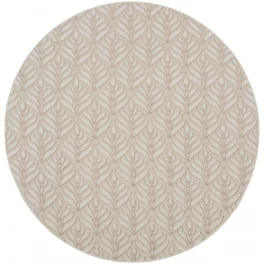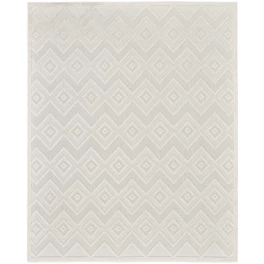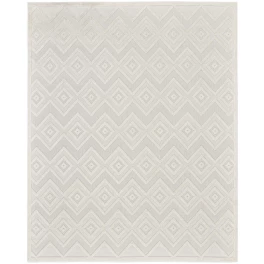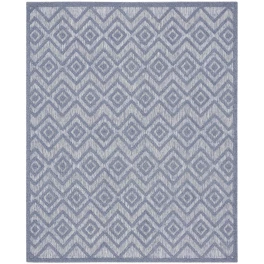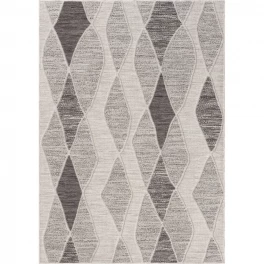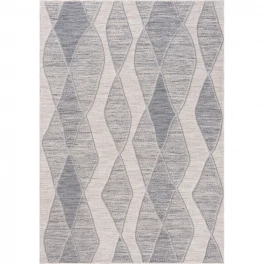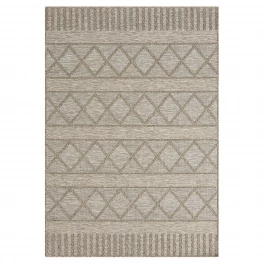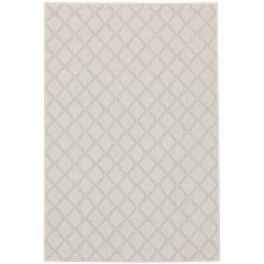You’re about to tackle a home DIY project. Maybe you’re repairing a small leak on your roof or adjusting a crooked shutter. Or, you could just be adding some crown molding. Regardless of the project, if you have to reach past your regular standing height, you’re going to need a ladder.

Photo by StockLite on Shutterstock
But, which ladder is best? It’s an important question to answer as you start shopping for a ladder for everyday use. While there’s no “one-size-fits-all” answer, it’s fairly easy to pinpoint the right type of ladder for your specific needs.
Let’s break down the best ladders for home use.
Ladder Types & Materials
There are numerous ladder types meant for a variety of users, from the average homeowner to a professional construction worker. If you’re looking for a ladder for everyday use, then you’ll likely choose between two different ladder types: step ladders and extension ladders.
Step Ladders
A step ladder is perfect for helping you to reach heights just slightly out of arm’s reach--often considered “short-to-medium” heights. These ladders have four legs (two pairs) and are held together by hinges. Each step is flat and wide enough to accommodate the user. Some step ladders include a platform that holds tools.
It’s always a good idea to set up a step ladder on solid, level ground.
Step ladders are available in heights from 6-14 feet or even taller, but most homeowners find that a stepladder between 8-10 feet gets the job done.
Extension Ladders
Extension ladders are the best solution if you need to reach up high, such as to your home’s gutters, roof, or to access cathedral ceilings. Unlike the A-frame of a step ladder, an extension ladder can’t support itself and must be propped against a working space.
Extension ladders contain multiple sections that can be adjusted to reach the desired height. You can find extension ladders in lengths ranging from 6 to 60 feet.
Chances are, a step or extension ladder will meet needs for everyday DIY work. There are also some hybrid extension/step ladders on the market if you can’t quite decide between the two. If you intend to tackle a larger project, scaffolding may also come in handy.
Ladder Material
When purchasing a ladder, it’s also important to consider what the ladder is made of. The main differences between fiberglass and aluminum ladders (the two materials most commonly used for ladders) are durability, weather-resistance, and heat conduction.
Aluminum ladders weigh less than fiberglass ones. However, they get very hot when exposed to heat and should never be used around electrical wiring.
While heavier, fiberglass ladders are strong and durable, can handle heat, and don’t conduct electricity. Unfortunately, fiberglass is known to crack when exposed to harsh weather (for example, lots of sunlight).
Older ladders were often made of wood, but this isn’t common anymore.
Ratings
The American National Standards Institute has created uniform ladder duty ratings, which are directly related to ladder weight limits.
- Type III: 200-pound capacity
- Type II: 225-pound capacity
- Type I: 250-pound capacity
- Type IA: 300-pound capacity
- Type IAA: 375-pound capacity
Keep in mind that weight limits don’t just refer to the ladder user’s body weight. In many cases, you’re toting tools and building materials up the ladder. Therefore, it’s a good idea to purchase a ladder that accommodates 50-100 pounds of added weight.
Ladder FAQs
- Can fiberglass ladder be stored outside?
While storing ladders is never an easy task, finding an indoor area to store fiberglass ladders is a smart move. Of course, you’re not likely to see the effects right away. However, the sun’s harsh UV rays break down fiberglass, which poses a safety hazard in the long-run.
- Am I allowed to use the top step for hard-to-reach projects?
It’s never a good idea to go past the ladder’s acceptable standing height. In most cases, this is the second-step below the top. However, each ladder is different. Most ladders contain a warning label with safety suggestions directions.
- Where should I purchase a ladder?
An assortment of ladder styles and duties are available for purchase at big-box retailers, home improvement warehouses, and hardware stores nationwide. If you know what type of ladder you need, give your preferred store a call to ensure it’s in-stock before you head over!
- What are the best ladder brands?
There are numerous brands of ladders out there that are relatively affordable and of good quality. Some of the most popular ladder brands include The Little Giant Ladder Company, which specializes in a hybrid ladder, Gorilla Ladders, Werner, and Louisville Ladder.
So, there you have it. Consider the height you need to reach, the area you’re working on, current and future home projects, and then choose the best ladder for your needs.
Armed with this information, you’ll be a step above the rest (pun intended) when it comes time to make the big purchase.




